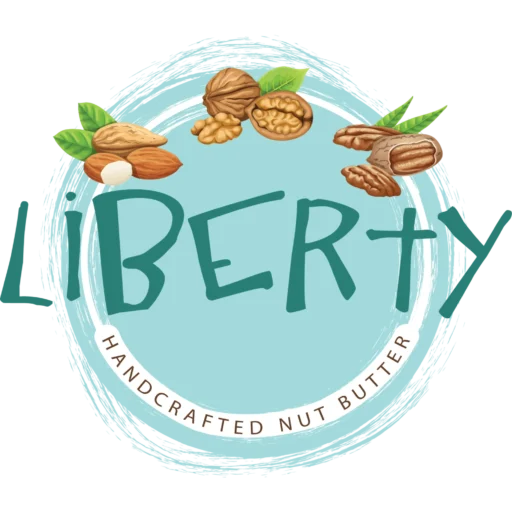Phytic Acid and Nut Butter

Nut butters, such as peanut butter, almond butter, and cashew butter, have gained immense popularity as delicious and nutritious spreads. They offer a good source of healthy fats, protein, and essential vitamins and minerals. However, it’s important to be aware of the presence of phytic acid, an anti-nutrient found in varying levels in these nutty spreads. In this article, we delve into the world of phytic acid in nut butters to provide you with a better understanding of its impact and ways to mitigate its effects.
Phytic Acid in Nut Butters: Phytic acid, also known as inositol hexaphosphate or IP6, is a natural compound found in the outer layer of many seeds, including nuts. It acts as a storage form of phosphorus and plays a role in the germination and growth of plants. However, for humans, it can present certain challenges due to its anti-nutrient properties.
Anti-Nutrient Effects of Phytic Acid: One of the primary concerns with phytic acid is its ability to bind to minerals, including iron, zinc, and calcium, forming insoluble complexes that are poorly absorbed by the body. This can potentially lead to mineral deficiencies, especially in individuals who rely heavily on nut butters as a significant source of nutrition. Iron deficiency, for instance, can result in anemia and reduced energy levels, while inadequate zinc and calcium intake can impact immune function and bone health, respectively.
Mitigating the Effects of Phytic Acid: While the presence of phytic acid in nut butters may seem concerning, there are ways to minimize its impact on nutrient absorption. Here are a few strategies to consider:
-
Soaking: Soaking nuts prior to making nut butter can help reduce the phytic acid content. This process involves immersing the nuts in water for a period of time, usually several hours or overnight. The soaking water is then discarded, and the nuts are rinsed before processing into butter. Soaking helps activate enzymes that naturally degrade phytic acid.
-
Roasting: Roasting nuts can also help decrease the phytic acid levels. The heat breaks down some of the phytic acid, making it less potent. However, it’s important to note that roasting may also lead to some nutrient loss, so it’s best to strike a balance between reducing phytic acid and preserving other nutrients.
-
Pairing with Vitamin C: Consuming nut butter with foods rich in vitamin C can enhance iron absorption. Vitamin C helps convert the iron in plant-based foods into a more absorbable form. Including fruits like citrus fruits, berries, or adding a squeeze of lemon juice to your nut butter can aid in mitigating the potential negative impact of phytic acid on iron absorption.
-
Variety and Moderation: While phytic acid can hinder mineral absorption, it’s crucial to maintain a balanced diet. Incorporate a variety of nutrient-dense foods to ensure you’re getting a wide array of vitamins and minerals. Additionally, consuming nut butters in moderation, alongside other nutrient-rich foods, can help counterbalance any potential negative effects of phytic acid.
Conclusion: Phytic acid, an anti-nutrient found in nut butters, can pose challenges to mineral absorption and utilization. However, with the knowledge of mitigating strategies such as soaking, roasting, pairing with vitamin C-rich foods, and maintaining dietary variety, the impact of phytic acid can be minimized. Nut butters can still be enjoyed as part of a balanced diet, providing valuable nutrients and healthy fats. Awareness and mindful consumption allow us to make informed choices and reap the benefits of these delicious spreads while optimizing nutrient absorption and overall well-being.

Location
Proudly manufactured and packaged in Olathe Kansas. Liberty Nut Butter is Made in America by Patriots and Veterans.
For information about our products, media inquiries, or to get in touch with a member of our team please email: info@libertynutbutter.com